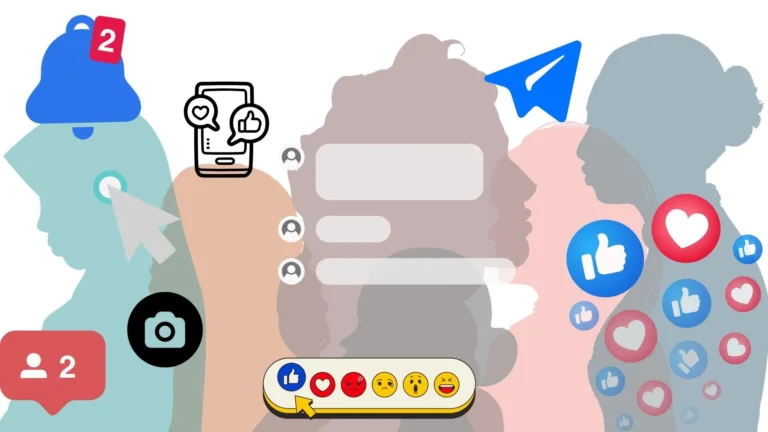“Dance is praise, beauty, healing and restoration, symbol, used to explain a truth, celebration, joy and fun, prayer.,” says Mary Bawden, founder of Soul to Sole Choreography and Dance Awareness: No Child Exploited (DA:NCE).
Soul to Sole Choreography is dedicated to ensuring that dance and its art is safe and fun for children and adults. Through Soul to Sole Choreography, Bawden teaches uplifting choreography, attends dance conventions, and uses grassroots efforts to educate people on the harms of sexualized dance culture.
Dance is all of the things Bawden mentioned above, and has also been shown to have many benefits for children. The National Dance Education Organization maintains that dance helps children develop physically, mature emotionally, grow more socially aware, and develop cognitive abilities.
“Age appropriate healthy dance enhances critical thinking, creativity, and comfort with themselves,” says Bawden.
Unfortunately, dance in many settings has become extremely sexualized. For instance, who can forget the now infamous “twerking” episode between Robin Thicke and Miley Cyrus at the 2013 Video Music Awards? This sexualization of dance can be very harmful to children. When young children are sexualized in dance, it perverts the art, and removes the beauty, sense of wellbeing, and other benefits that come from dance. Shows such as the former TLC Toddlers and Tiaras and the current Lifetime program Dance Moms push young girls to dress, act, and dance like adults—and sexualized adults at that. They show ten-year-olds parading around in adult costumes, dancing to inappropriate songs, and performing sexy dance moves.
An Australian study from 2014 says that children are starting the teenage years four years earlier than they used to. This means that girls aged four to ten are engaging with teen culture and hypersexualized behavior. The study also assessed the activities the young girls favored. Dance surpassed all other activities with 96% of the young girls favoring dance.
“We are allowing our children to be made into adults,” says Bawden. “Young girls are obsessed with body image and the hypersexualization of them is harmful,” she continues.
When asked about the root cause of the phenomenon, Bawden answered that it is pornography and a pornified culture.
“There are no values in the pornography industry that protect children,” says Bawden. “All they care about is making money, not the children they harm in the process.”
Much pornography includes themes that infantilize and childify women. The pornography industry loves to feature young girls that look underage. It often features videos about having sex with babysitters, school girls, and even daughters and step-daughters. Pornography intentionally sexualizes young girls.
In addition, when children are exposed to sexual, pornographic images or ideas, they are more likely than adults to instinctively imitate the behaviors they are exposed to. Via pornified media and advertising, young girls develop hypersexualized perceptions of themselves, so it should come as no surprise when they seek to emulate what they see around them.
Most young girls have taken a dance class at some point in their lives. As mentioned earlier this brings many physical, social, and emotional benefits. However many young children in dance classes are, “exposed to sexual moves, sexual ideas, sexual music and sexual costumes that not only sexually objectifies them, but also educates and exposes them to pornographic sexuality,” says Bawden.
In 2010, a group of nine year old girls did a performance to Beyoncé’s All the Single Ladies. This highly sexualized performance by young girls in sexy costumes sparked outrage and discussion among parents and dance performers about the sexualization of young girls. The video has more than 9 million views on YouTube and is the perfect illustration of young girls mimicking sexualized popular culture.
Dance has the opportunity to positively influence young girls. Teachers can teach young girls to develop confidence and body-positive outlooks. Youth Protected Advocates in Dance has suggested standards that will protect young children from sexualized culture. Their standards include music, dress, choreography, and social media exposure.
Children deserve to have a healthy dance experience. They deserve the opportunity to move and grow and express themselves free from a sexualized culture. “Dance is powerful. The ability to move and communicate at the heart level is stirring,” says Bawden. For dance instructors, parents, and all those involved in dance, we encourage you to be outspoken advocates protecting not only the beauty of dance as an art, but the hearts of its youngest practitioners.



